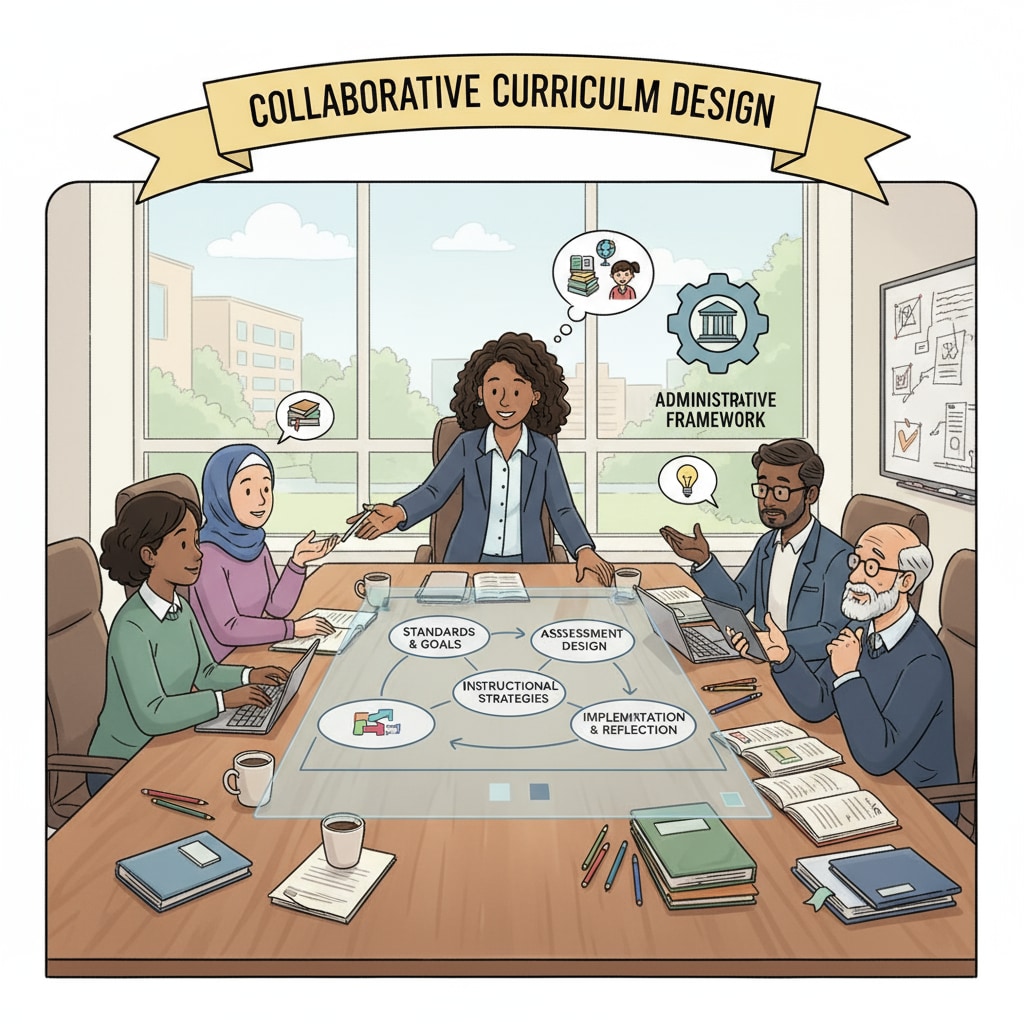In the realm of contemporary K12 education, data documentation, micromanagement, curriculum planning, and administrative intervention are intertwined elements that significantly influence the teaching and learning environment. The relationship between administrative supervision and teacher autonomy is often a delicate one, with potential pitfalls that can impact the quality of education.

The Impact of Excessive Data Documentation
Educational institutions today are increasingly emphasizing data documentation. While data can provide valuable insights into student performance and teaching effectiveness, excessive requirements can be a burden. Teachers are often caught up in filling out numerous forms and reports, which takes time away from actual teaching and curriculum planning. For example, they may have to document every small aspect of a lesson, from the materials used to the exact time spent on each topic. This not only consumes their energy but also distracts them from focusing on the students’ learning needs. As a result, the quality of teaching may be compromised.
The Dilemma of Micromanagement
Micromanagement in education is another concern. When administrators closely control every detail of a teacher’s work, it restricts teacher autonomy. Teachers may feel like they have no room to be creative or make decisions based on their students’ unique needs. For instance, being told exactly how to design a lesson plan or what teaching methods to use can stifle innovation. This can lead to a less engaging learning environment for students. According to Wikipedia’s page on Educational Management, a healthy balance between supervision and autonomy is crucial for effective teaching.

Curriculum Planning Amid Administrative Intervention
Curriculum planning is a fundamental aspect of education. However, administrative intervention can sometimes disrupt this process. Administrators may impose certain curriculum standards or changes without fully considering the teachers’ on-the-ground experience. Teachers, who are in direct contact with students, often have valuable insights into what works best for their classes. When their input is not valued, the curriculum may not be as effective in meeting the students’ learning goals. As Britannica’s entry on Education states, a collaborative approach to curriculum planning can lead to better educational outcomes.
In conclusion, achieving a balance between administrative supervision and teacher autonomy is essential. By reducing excessive data documentation and micromanagement, and by involving teachers more in curriculum planning, we can create an educational ecosystem where teachers can thrive and students can receive a high-quality education. This balance is the key to unlocking the full potential of the K12 education system.
Readability guidance: Short paragraphs and lists are used to summarize key points. Each H2 section has a list-like structure to present ideas clearly. The proportion of passive voice and long sentences is controlled, and transition words are added throughout the text to enhance readability.


